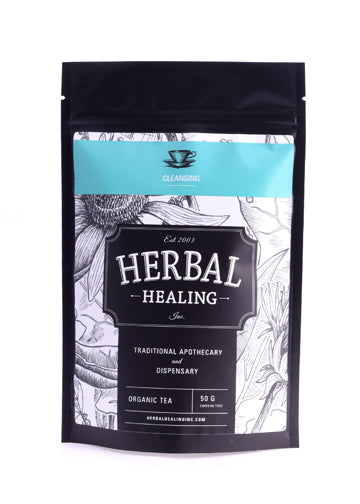

Yarrow (Achillea millefolium)
- $14.00 CAD
- $14.00 CAD
- Unit price
- per
50g, 100g, 250g
Couldn't load pickup availability
Parts used: Flowers
Properties
Alterative, antiseptic, astringent, blood purifier, diaphoretic, diuretic, homeostatic, stimulant
Primary nutrients
Copper, iodine, iron, manganese, potassium, vitamins A, C, E, F and K
Yarrow has been used for just about every ailment in its history and has proven healing properties.
Yarrow is well known for its ability to help stimulate clotting in cuts and abrasions. It may speed healing, relieve inflammation and reduce the pain of injuries. Yarrow acts as a blood cleanser and is good for colds, fevers, flu, lung disorders, nosebleeds and perspiration. It also helps regulate and improve the function of the liver. It tones the mucous membranes of the stomach and bowels and aids the glandular system.
The use of yarrow for healing wounds has evidence to back it up. Research has found yarrow extract to contain slight antibiotic properties that may protect an injury from infection. Yarrow has also demonstrated some antispasmodic properties that work to relax smooth muscles in the digestive tract and uterus. This may help with digestion, as well as menstrual cramps, which was a traditional use. A volatile oil in yarrow known as azulene and related compounds have been shown in studies to have anti-inflammatory properties that also help with wound healing, which generally involves some inflammation. The thujone content in yarrow has a slight sedative effect that has been compared to cannabis. In large doses, thujone can be toxic, but recommended amounts of yarrow appear to be safe. Yarrow reportedly has properties to protect the liver from toxic chemical damage and to treat hepatitis. The properties of each species may be affected by the age and environment in which they are grown, causing differences in chemical components.
Primary Applications
Blood impurities
Bowels, hemorrhage
Catarrh
Colds
Fevers
Flu
Lung, hemorrhage
Measles
Nosebleeds
Perspiration, blocked
Secondary Applications
Abrasions
Ague
Appetite problems
Bladder ailments
Blood pressure
Bright’s disease
Bronchitis
Bruises
Burns
Cancer
Chicken pox
Cramps
Cuts
Diarrhea, infants
Epilepsy
Female disorders
Gas
Hair loss
Headaches
Hemorrhoids
Hysteria
Jaundice
Malaria
Menstrual bleeding
Mucous membranes
Pleurisy
Pneumonia
Rheumatism
Skin problems
Smallpox
Stomach problems
Typhoid fever
Ulcers
Uterine problems
50g, 100g, 250g
RELATED PRODUCTS
- Choosing a selection results in a full page refresh.



